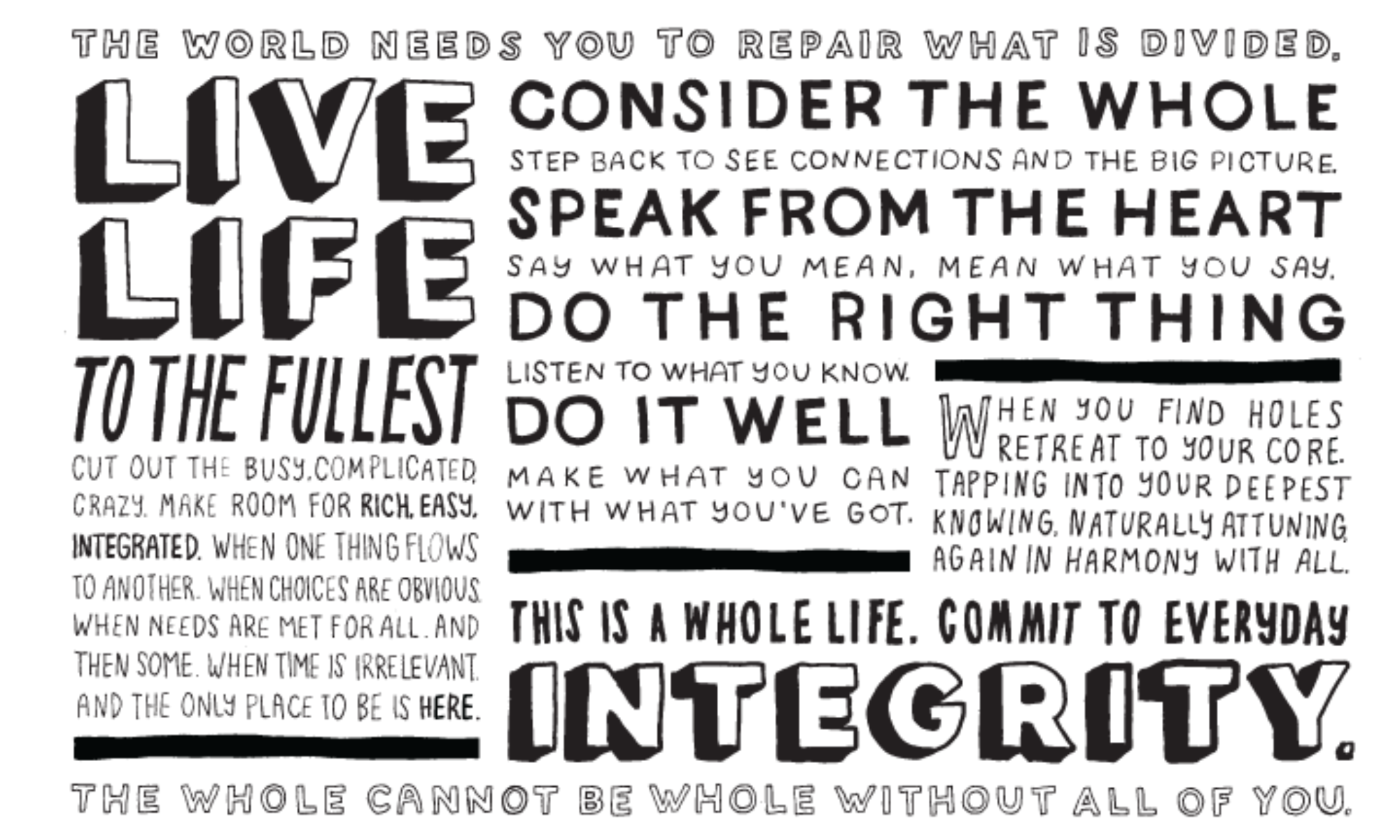Once my eyes opened I knew exactly what I wanted to do. I quickly changed into shorts and a sweatshirt, grabbed a life jacket and an oar and set off toward the lake.
It seemed like everyone in the entire campground was still asleep. And the throngs of visitors had yet to arrive.
With a record-breaking heatwave rolling into the Pacific Northwest over the weekend, everyone had the same idea to head toward the mountain. At the last minute, my plans changed from climbing South Sister with friends in Central Oregon to joining other friends on their family campout.
As soon as we got set up on Friday night, we brought the canoe and standup paddleboards (SUP) down to the water for a sunset row. I wondered how magical the sunrise on the lake would be.
The next day the lake was bustling like the waterways of Venice: SUPs, canoes, dinghies, rafts, inner tubes, even household air mattresses. People everywhere. Voices carrying across the water, everyone commenting, “I’ve never seen this many people on Trillium Lake before!”
At 6:30 a.m. on Sunday morning, it was just me and the actual early birds chirping away.
As I walked the boardwalk and the perimeter trail to where we’d left the canoe, it hit me:
Can you row a canoe by yourself? Or does it take two people? I had no idea. I realized I’d never rowed a canoe solo before. I could turn around and give up. Or I could try it.
Why not?
Once I found it amongst the bushes, I turned the canoe over and pushed it away from the grassy shore.
Would it even work with only one oar? Yes.
Or would I just go in circles? No.
Even if it’s backward apparently. Defying logic, I learned later that the bigger seat is actually the front and the smaller seat goes in the back. Huh, good to know!
I sliced through the still water, alternating a few strokes on each side of the canoe. Stopping every few minutes to take photos of one magical moment after another: the sun peeking through the treeline, the yellow flower buds peeking through the lily pads, the tree stumps jutting out of the middle of the lake, the shadows moving across the mountain’s glaciers. All reflected back on the still water.
Thoughts buzzed past just like the dragonflies, connecting this moment with past moments. Instead of dwelling on the random thoughts or making meaning, I simply smiled.
The actual dragonflies excitedly mating over the lily pads were much more interesting.
A gaggle buzzed over to me, some pairs hit the side of the canoe with a thud, bounced off and kept flying.
It was more than magic.
This was living in harmony with nature. Living in harmony with my nature.
Fleetwood Mac had it right: Go your own way. Row your own way.
The risk: Figuring it out on one’s own.
The reward: Getting to witness the beginning of a new day.
May you go your own way this week.
Love,
Jules
I share a lesson learned about integrity every Monday. Sign up for delivery right to your inbox. Want more? There’s lots more lessons learned here on my blog, so have fun exploring and commenting about your own insights!

